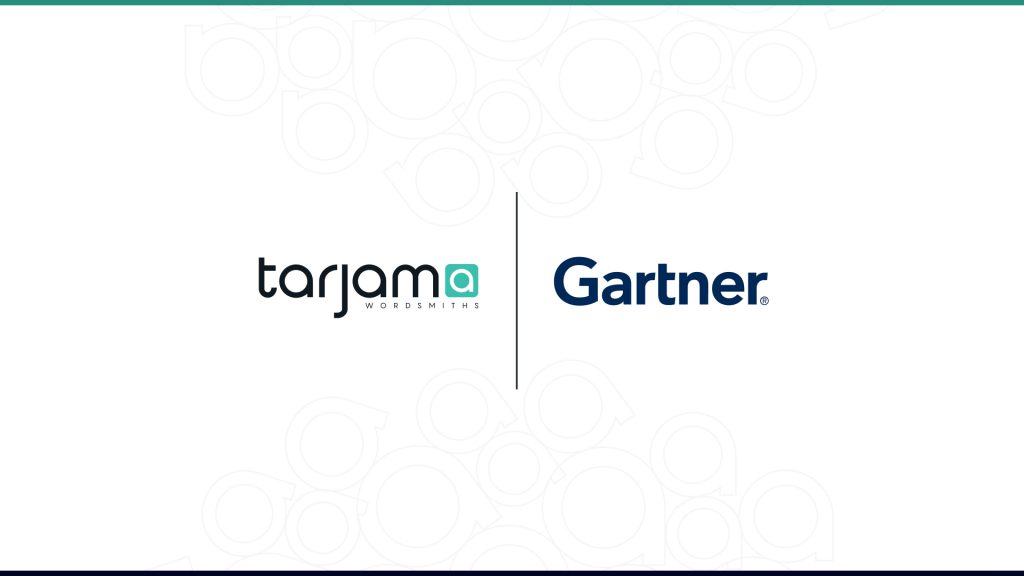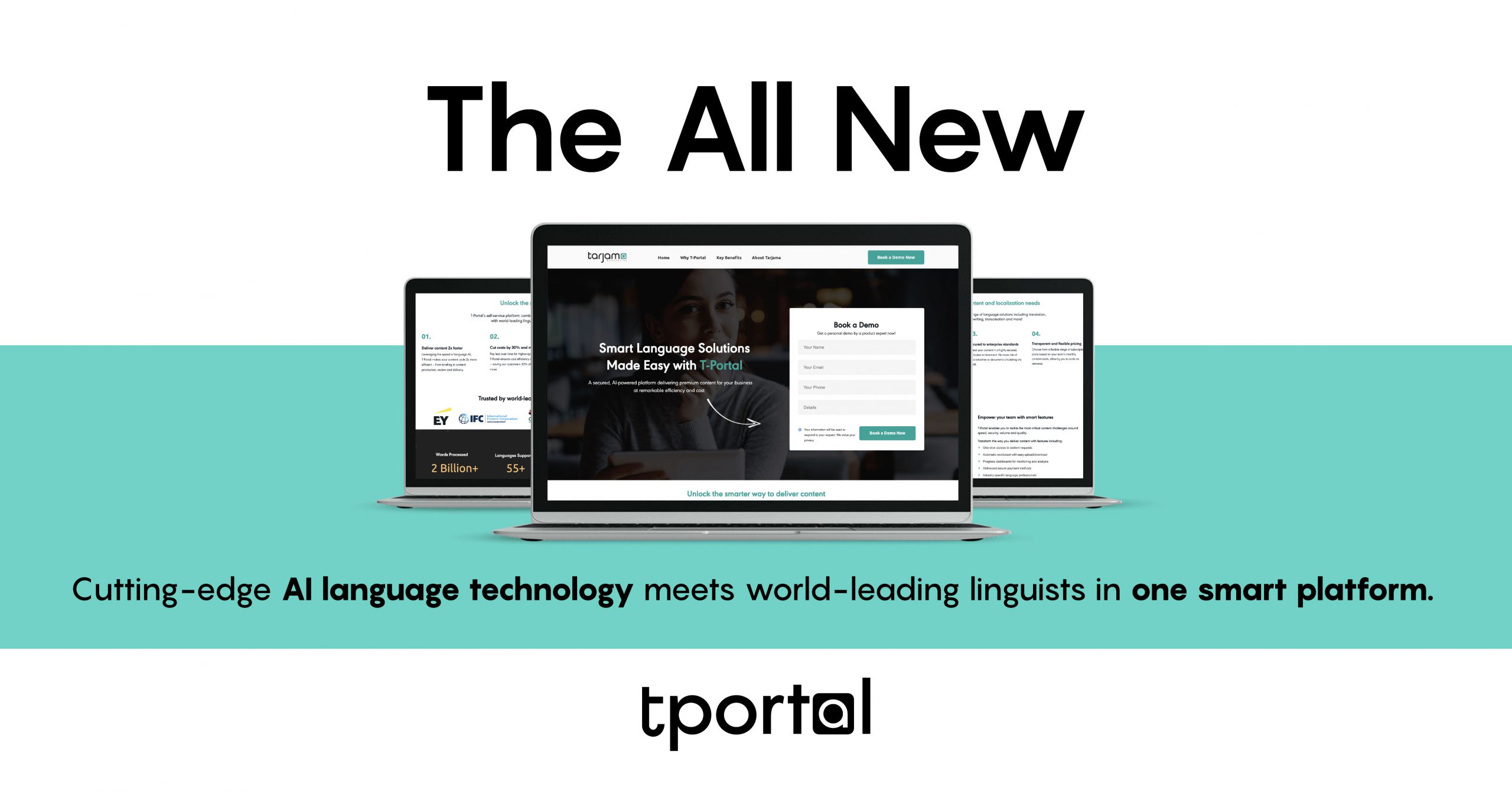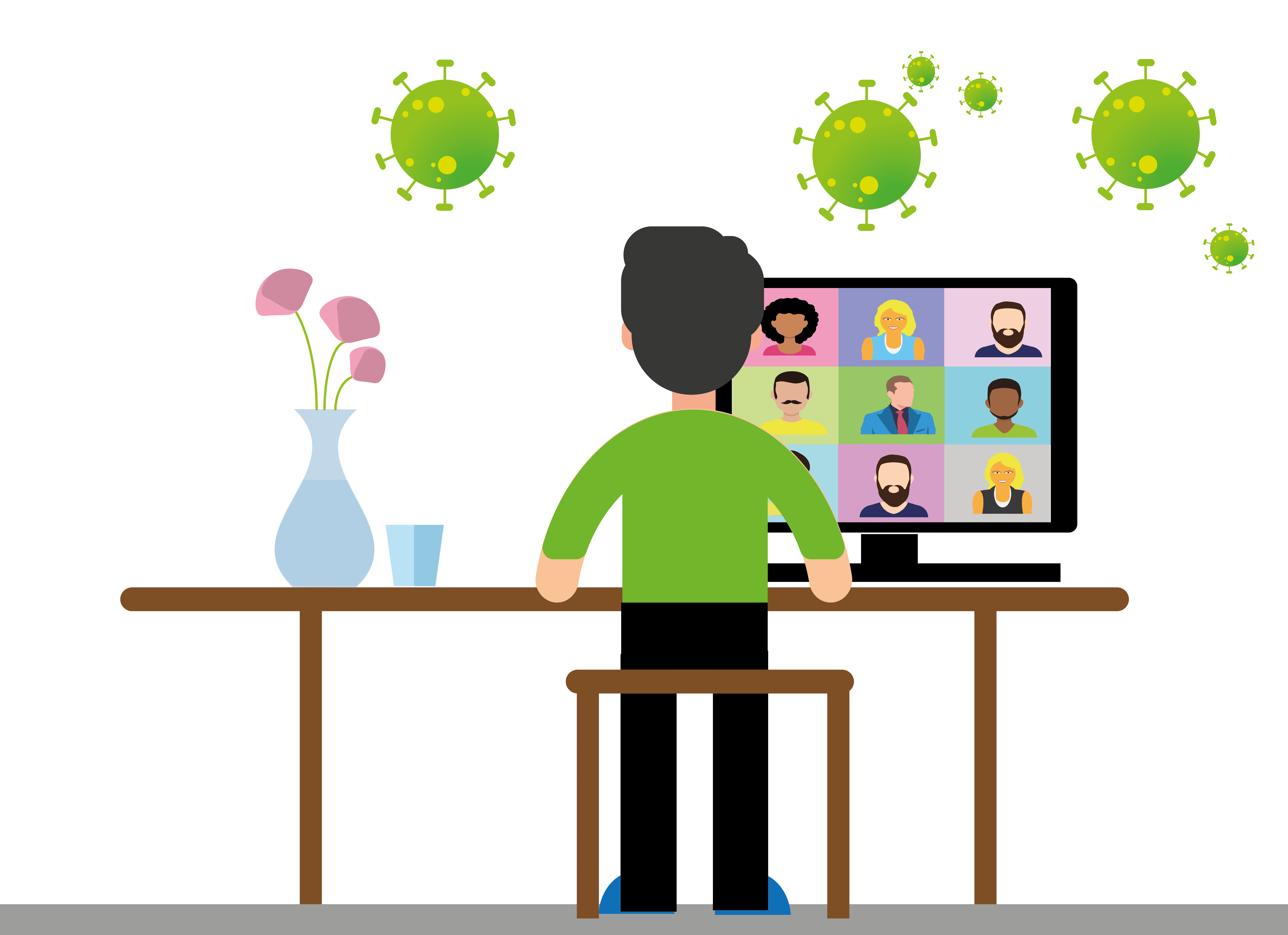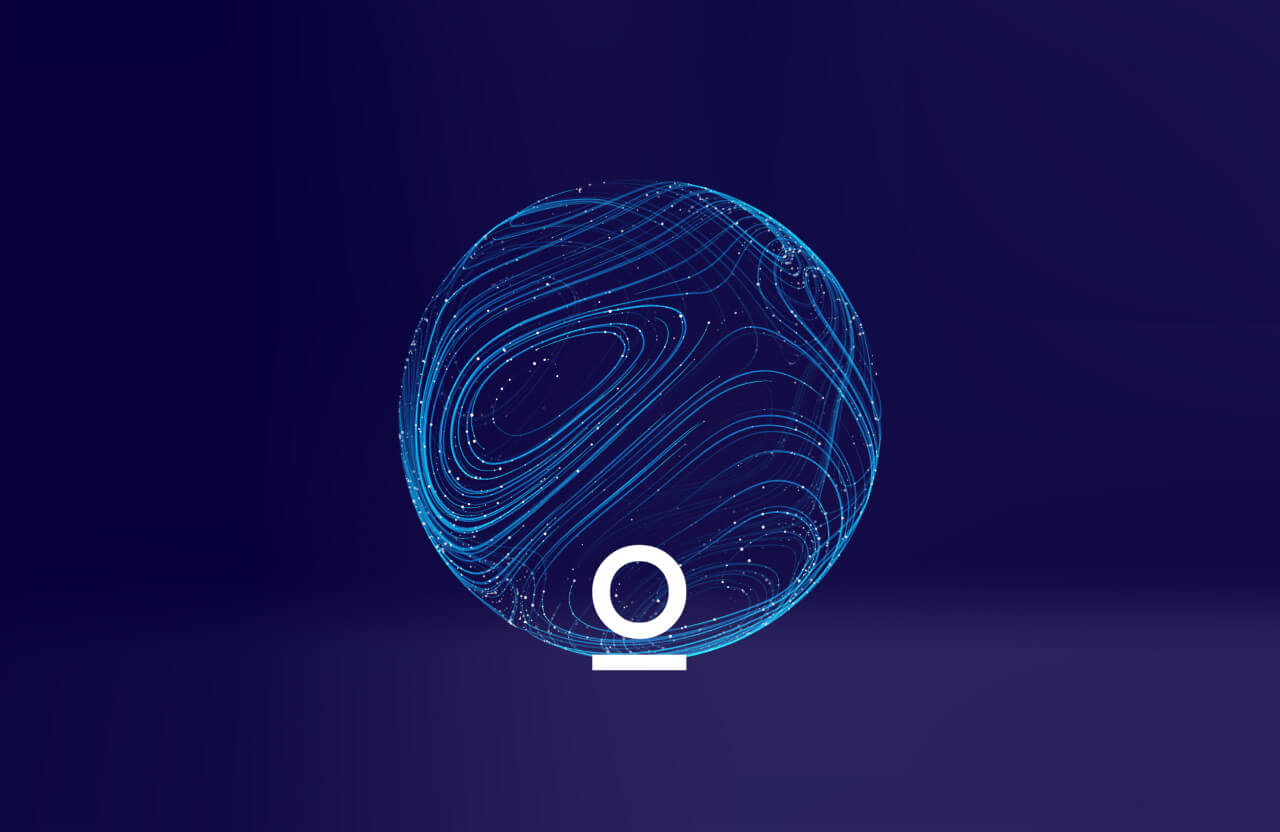Reading is a very immersive activity that consumes the mind and transports the reader to a parallel universe. In order for you to build a blog post, ebook, or even a social media caption that draws in your readers and connects deeply to them, you’ve probably brainstormed with your peers, done your research, and rewritten a few drafts until you settled on the published version.
As moving as good writing can be, simple, unintended mistakes can instantly disrupt the readers’ experience. That’s why proofreading is a must!
All writers, even the best, are prone to committing mistakes such as duplicating ‘the’ or ‘and’, replacing ‘they’re’ for ‘their’, or even misspelling ‘version’ as ‘virgin’. While it’s only human to err, repetitive errors as such can be fatal to your overall quality of writing as well as damaging to your credibility.
The first round of proofreading should always take place on the author’s side before submitting any drafts to the editor. However, as an author, it may be very hard to spot mistakes, not because of any incompetency, but because your brain already knows where the text is going so mistakes go unnoticed.
Relying solely on your mind’s eye could lead to mistakes slipping through, but with these brilliant online proofreading tools, all of your work will be up to par in every linguistic sense.

1. Grammarly
Grammarly is a digital writing assistant and perhaps the best online writing enhancement tool. This magnificent tool brilliantly optimizes the use of artificial intelligence and natural language processing to guarantee accurate grammar, spelling, and punctuation checking. It also detects plagiarism and evaluates the use of vocabulary in relevance to context, suggesting stronger alternatives in case of poor vocabulary choices.
Grammarly is available as a web or desktop editor and as a browser extension. It is also available for portable device both on the App Store and Google Play.
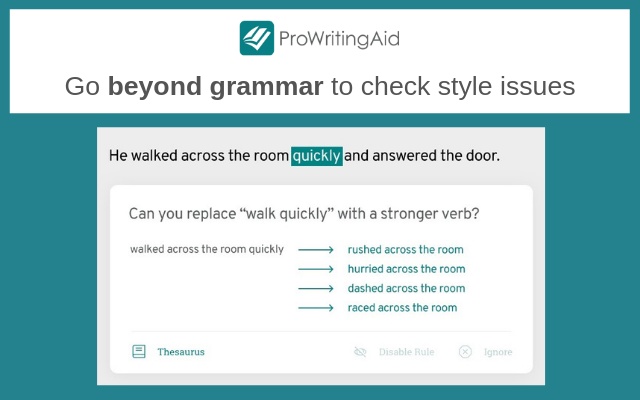
ProWritingAid is another tool that makes life easier for writers through its dependence on artificial intelligence to constantly and automatically enhance the quality of the service it provides. ProWritingAid’s most distinctive feature is its integration with traditional writing software solutions like MS Word, Google Documents, and Scrivener. This facilitates the proofreading process by allowing users to edit in real time based on the app-generated recommendations, eliminating the need for copying and pasting any text.
To optimize the accuracy of the app’s context-sensitive recommendations, users can specify the writing style, choosing from business, academic, or general writing. ProWritingAid also takes into account the importance of localization, allowing users to select the language variation of preference.
ProWritingAid also helps users keep their writing fresh through the thesaurus feature which helps writers push the boundaries of their linguistic horizon.

3. Ginger
Ginger software provides users with features that are tailored for proofreading services. Users can either use the tool directly for live editing or copy and paste their work onto the website. Either way, the software will instantly detect all errors and highlight them for revision and reconsideration. By hovering over the underlined text, you’ll see Ginger-generated correction and language enhancement suggestions.
By using Ginger, users can enjoy more language services that include translation to more than 40 languages as well as a reader tool for learning proper pronunciation.
Ginger is available in Free and Premium versions.
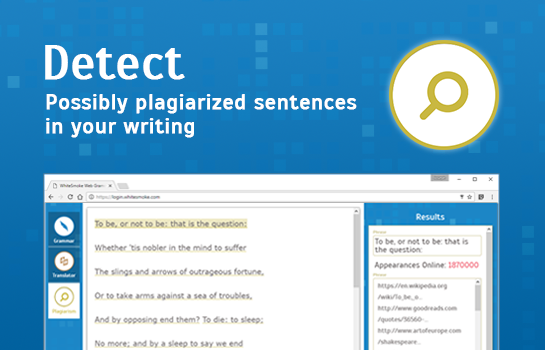
4. WhiteSmoke
WhiteSmoke is a firm favorite amongst many bloggers and communication managers as it provides a variety of proofreading solutions that cover grammar, spelling, punctuation, style, and plagiarism checks. The software also assists businesses in their corporate communications by offering them hundreds of business writing templates such as resumes, cover letters, reports, condolences, and business proposals.
Unlike competitors, WhiteSmoke stands out for its educational edge. Besides alerting the user when a word or phrase is incorrect, it also explains its weakness or falsity as well as provides a rich thesaurus of synonyms and definitions.
Besides the proofreading features, WhiteSmoke also offers statistical machine translation services which mark the translation variations with the highest accuracy.

5. Paper Rater
While not the most technologically advanced, Paper Rater is a simple web proofreading tool that requires copying and pasting your text into it in order to receive a summary report of any plagiarism, grammar, spelling, structure, or style errors and weaknesses.
Paper Rater is a free tool that is suited for bloggers and writers who want to run one last check before submission.

6. 1Checker
1Checker is a free and easy to use spelling and grammar checking tool for your writings. You can easily access the online version or download and install it on your desktop. It can be integrated with MS Word or Outlook.
1Checker works on natural language processing system which combines data science and machine learning to generate the best possible results for its users. It’s equally useful for individuals and businesses as it offers tons of templates that serve many industries.
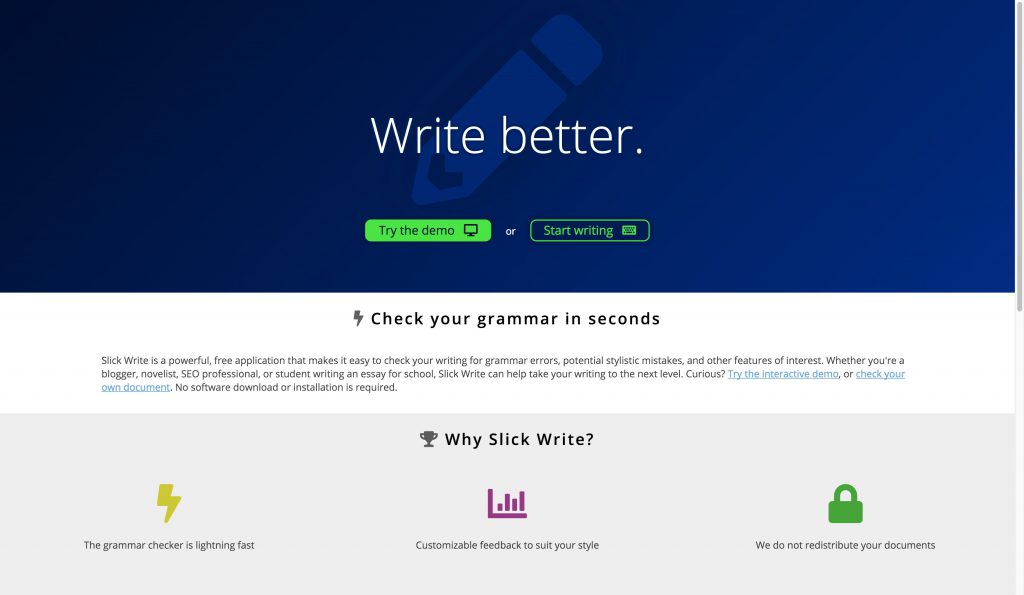
7. SlickWrite
Another free online proofreading service is SlickWrite which offers a variety of features, making it a perfect alternative for Grammarly for those who can’t afford it or are unwilling to pay for it.
SlickWrite allows users to either use its editor for writing or just paste the text directly and hit the check button from the sidebar. The tool analyzes the text and points out all the undesirable elements such as redundant sentences, spelling mistakes, and grammatic errors. It also points out any passive tones or needed transition words as it analyzes the tone of the paragraph.
SlickWrite delivers multiple integrated options such as the pop-up that appears when you select a word, allowing you to review the word’s definition, synonyms and antonyms, and even learn more about it on Wikipedia and Google.
Other features help users enhance their writing even when it’s grammatically and structurally correct. The sentence structure feature points out complex and lengthy sentences which require attention and rephrasing for easier, more enjoyable reading.
For any writers to sharpen their writing skills, it’s very important to keep writing. And in order to make sure that every piece beats the one that precedes it, it’s essential to be watchful of any recurring mistakes or weak structures. While the relationship that you build with your editor can be the most educational element of your writing journey, it’s very important to also be to learn on your own.
Every day, new proofreading and language enhancement tools are developed and made available online. Pick whatever software suits your needs as long as it helps you develop your skills with every word you type.
A new tool is offered online almost every day. So anyone with a passion for writing should stay updated with these tools as they offer the chance to eliminate mistakes, address every error. No matter how big or small it is.
These tools will help you improve your proofreading skills in general and ensure that your messages as writer is well communicated.
No matter what your content is, Tarjama will proofread your content within the right industry context
Give it a try
